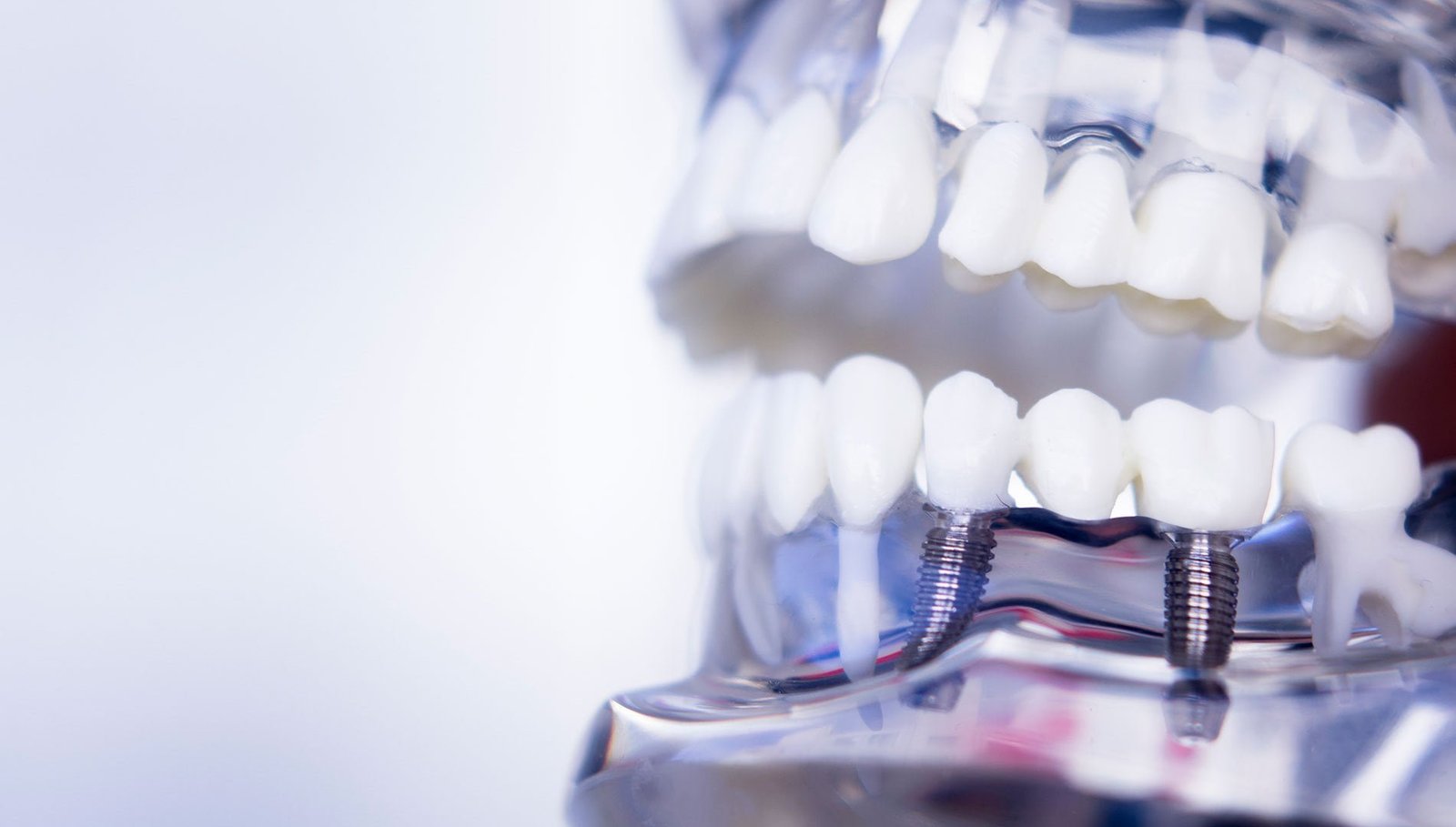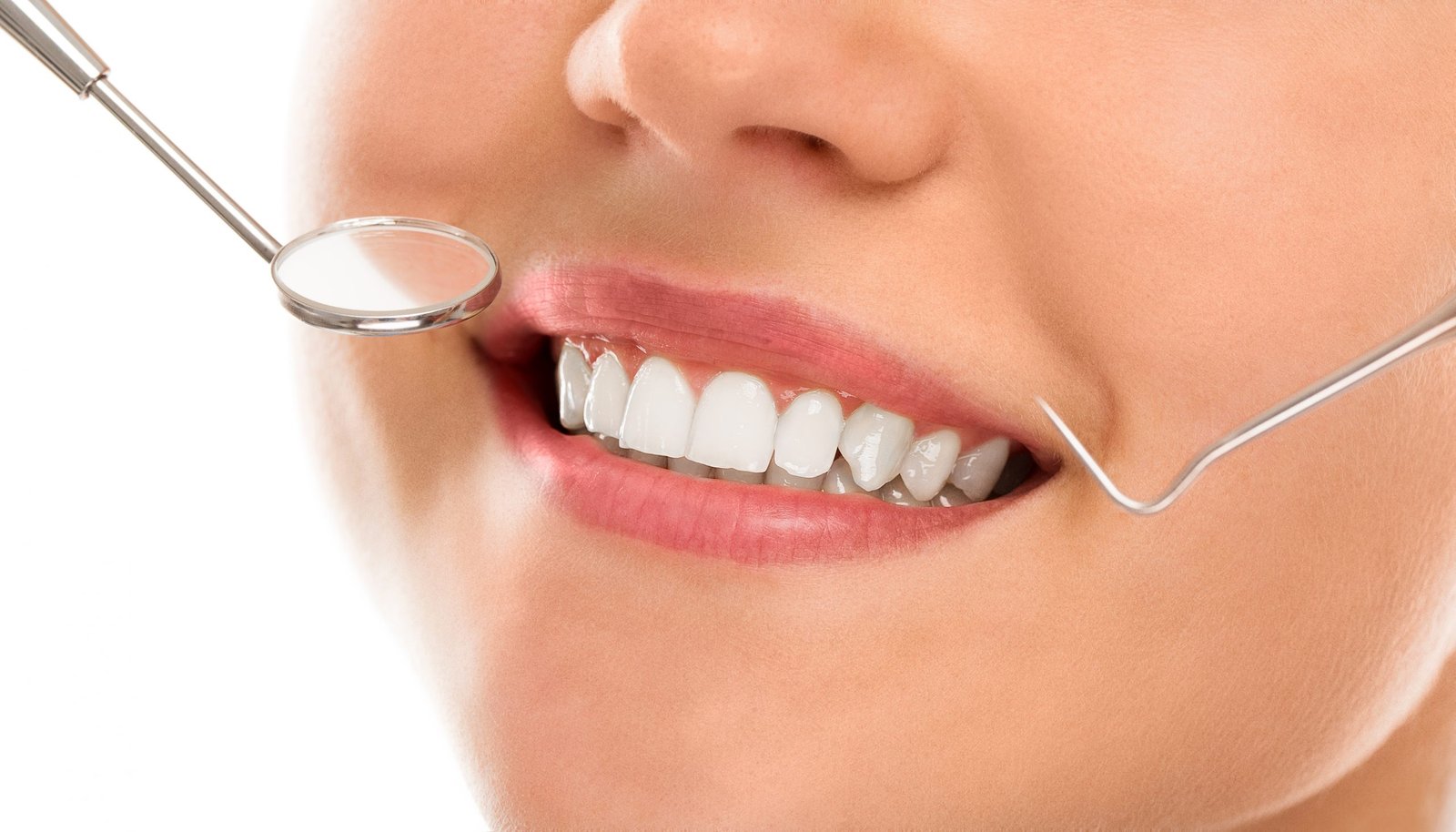Oral Implantology
Caries, infection, fracture, bone loss due to gum disease are treated by placing artificial roots that best mimic the natural tooth called an implant to fill the tooth deficiencies of patients who have lost their natural teeth due to gum disease. The range of treatment is wide enough to cover the treatment of patients who have lost all their teeth due to lack of individual teeth.

In implant applications, the deficiency can be eliminated by restoring a fixed crown without touching the neighboring teeth at all.
Patients who have lost more than one or all of their teeth are treated with movable partial or movable full prostheses by traditional methods. With implant applications, these prostheses can be made more stable, easier and more comfortable. Even in patients with the appropriate bone structure, patient satisfaction can be reached to the highest level with fixed bridge prostheses. Implant application can be done to almost everyone in today's conditions after evaluating the overall health and bone quantity. If the amount of bone is not enough, the bone volume can be increased by supplementing with bone graft materials and then an implant can be applied. Thanks to the developing implant technology, incision-free and seamless implant applications can be successfully performed in patients.

Periimplantitis (Implant Neck Bone Resorption)
It is a disease that affects hard and soft tissues around the implant, causing bone destruction. Symptoms such as bleeding gums, gingivitis, and pus discharge are obvious. There are methods such as laser applications, curettage, surface disinfection with special agents and phototherapy in the treatment of periodontitis.

Mucositis refers to inflammation and ulceration of the soft tissues around an implant and is a reversible host response to periodontal pathogens. Peri-implantitis; a destructive inflammatory process that affects the soft and hard tissues surrounding a dental implant, is more severe and leads to bone loss. Typical signs and symptoms of diseases, as discussed at various consensus conferences, can be described as. Scan mucositis, bleeding - causes redness and swelling of the soft tissue - no loss of the supporting bone Peri-implantitis crater-like bone defect - scan in, bleeding and / or support - no Implant mobility - 4 mm peri-implant depth problama fairy-implantit a reliable diagnosis requires that the symptoms and signs listed above all exist at the same time. A single characteristic alone is not enough for diagnosis. Gum bleeding, gingivitis, and pus discharge are symptoms such as A disease found in the gums before treatment, a feature of the prosthesis installed on the implant, continuing to consume cigarettes and alcohol after the implant is applied, and not paying attention to the oral hygiene condition trigger this disease. If the disease is noticed late or not treated, it can have significant consequences, such as implant loss, tooth loss, and bone resorption. Diseases such as poor oral hygiene, smoking, periodontal diseases, incorrect surgical and prosthetic applications, and diabetes can shorten the life of implants. The main goal of the treatment is to remove pathological bacteria from the environment and clean the implant surface. There are methods such as laser applications, curettage, surface disinfection with special agents and phototherapy in the treatment of periodontitis. These operations can be performed individually or in combination

